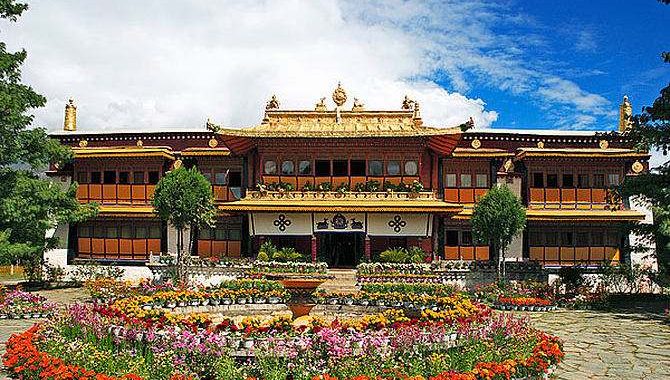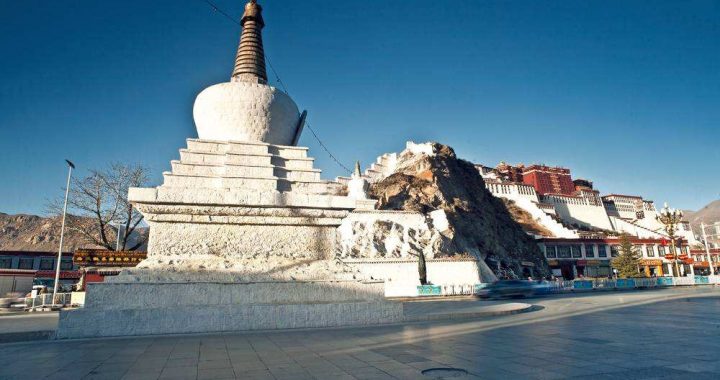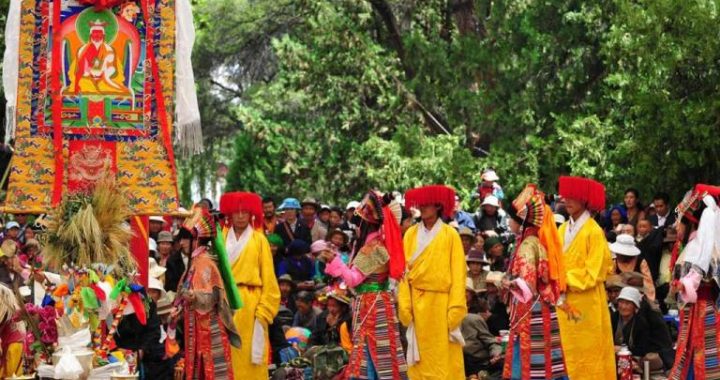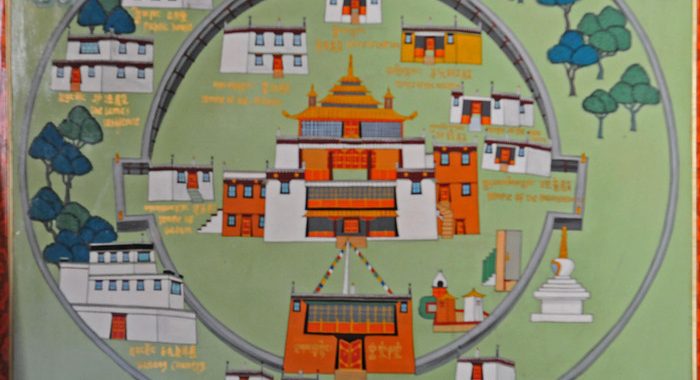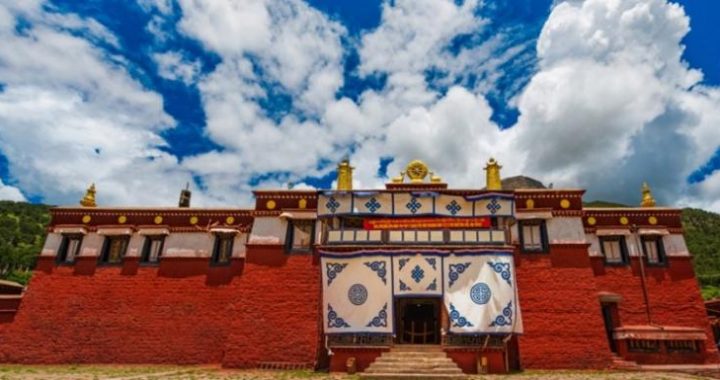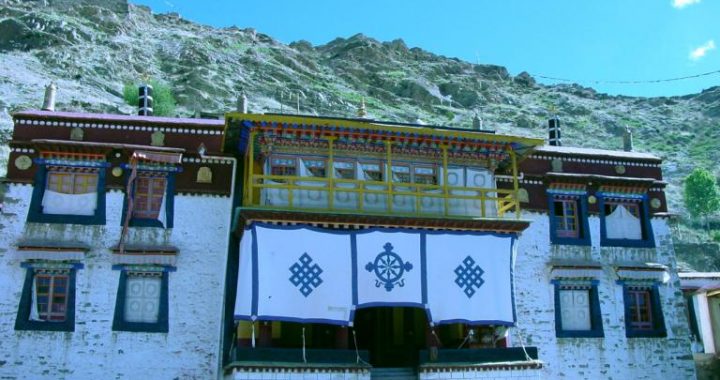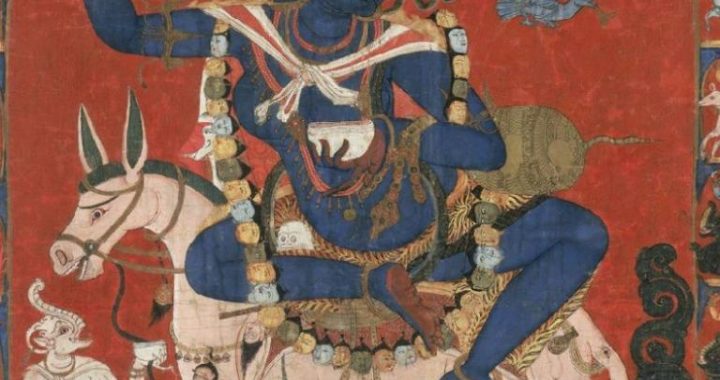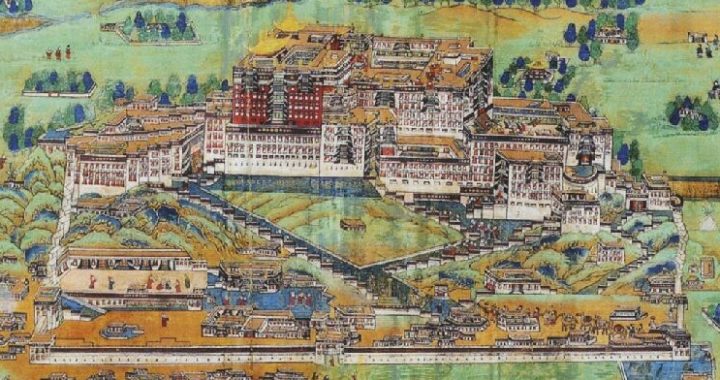The Sacred City of Lhasa
2 min readLhasa,with a history of 1300 years,means“Holy Land”or“Land of Buddhism” in the Tibetan language.It sits 3650 meters above sea level on the northern bank of the Lhasa River,a tributary of the Yarlung Zangbo.Since ancient times,Lhasa has been the political,economic,cultural and religious center of Tibet,and the majestic Potala Palace stands as its symbol.
When Tang Dynasty Princess Wencheng married into the Tubo Kingdom in the 7th century,Lhasa was a wasteland.Later the monasteries of Jokhang and Ramoche were built there.As religious missionaries and pilgrims flocked to the temples,inns and residences were built around the Jokhang Monastery,forming the first bones of Lhasa City.
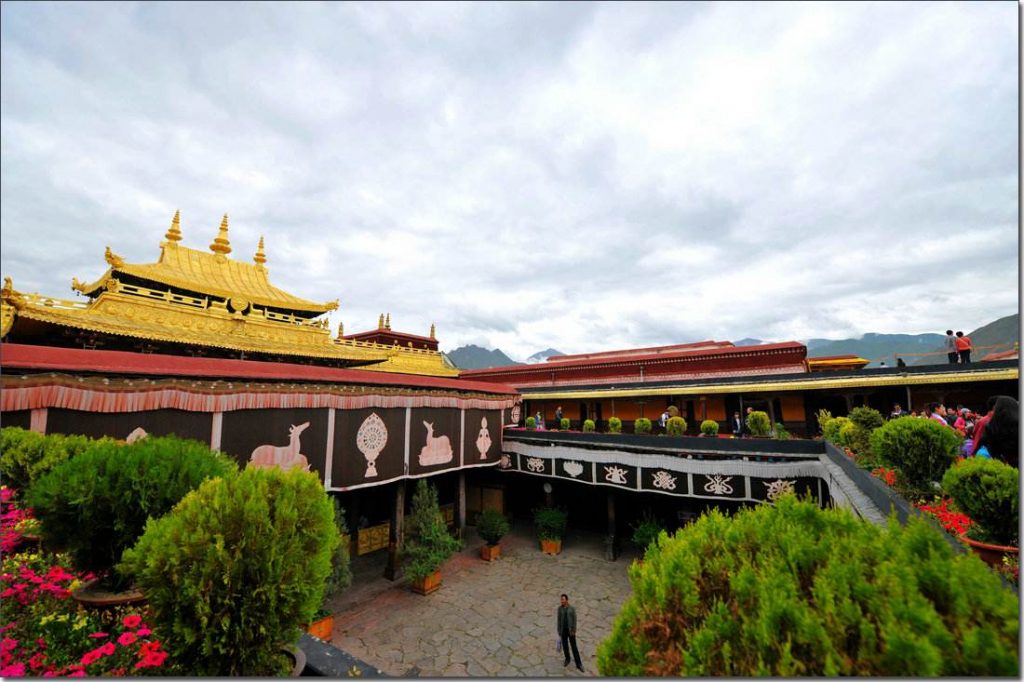
Today Lhasa has 264 temples,including 40 in the city proper that are listed as key cultural relics under regional or national protection.The ancient Tibetan architecture that spreads out for a square kilometer around the Potala Palace and the Jokhang Monastery reflects the unique culture,wisdom and life of Tibetan people.UNESCO has added this architecture to its World Cultural Heritage list.
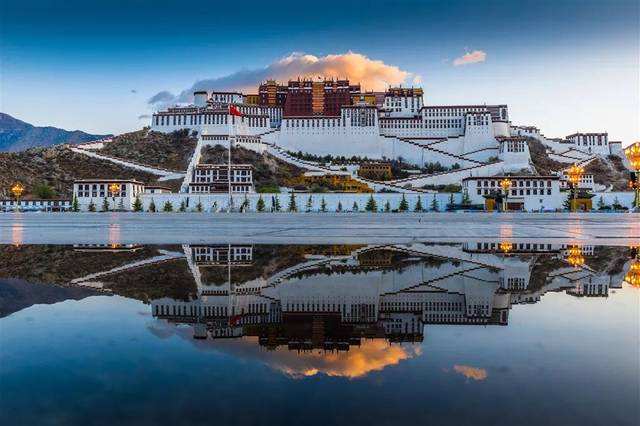
Lhasa was also among the first group of 24 famous historical and cultural cities designated by the State Council in 1982.
Lhasa was formalty established as a city in 1960.Its current jurisdiction covers 30000 square kilometers,including one district(Chengguan),seven counties(Damxung,Doilungdequen,Quxu,Maizhokunggar,Dagze,Nyemo and Lhunzhub),and one nationallevel economic and technological development zone.Its population of 560000 is made up of 31 ethnic groups,including the Tibetan,Han and Hui.Tibetans and people of other ethnic minorities account for more than 90 percent of Lhasa’s population.Lhasa is one of the highest-altitude cities in the world and is the city with the least pollution and the best environment in China.

